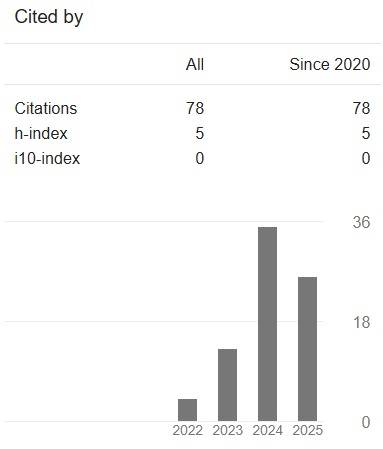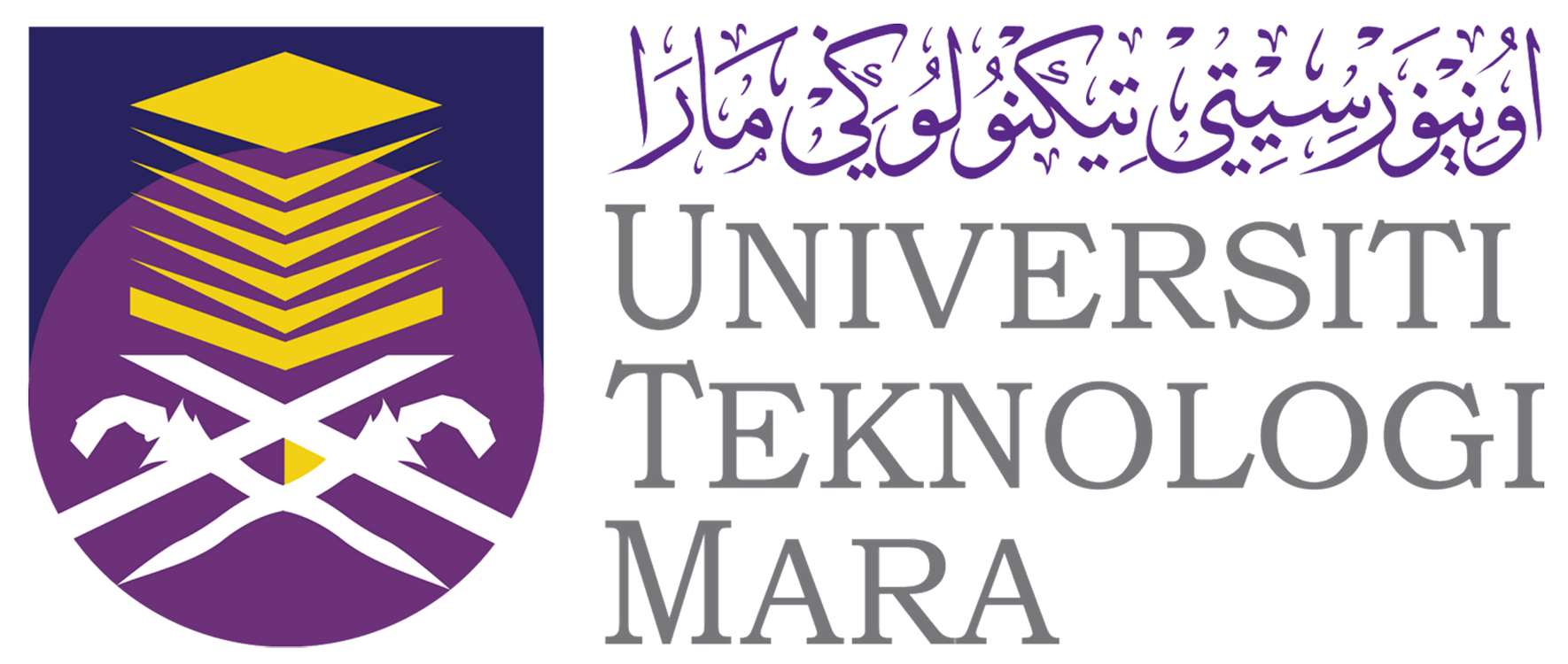Simulation of Surface Crack Interaction of Marine Solid Shaft
DOI:
https://doi.org/10.24191/jaeds.v3i1.52Keywords:
stress intensity factor; crack interaction; surface crackAbstract
In the marine industry, an engine transmits power through a marine shaft, also called a propeller shaft, to a propeller drive. Almost all naval architects construct this shaft as a solid cylinder. When a crack shows up in the hub of a shaft, it is essential to take preventative measures. When solid cylinders are exposed to various mechanical stresses, cracking or fracturing is a typical failure, and most of the crack exists in single and multiple cracks. Owing to the possible interactions between fractures, they are likely to play a significant role in how the structure collapses. Consequently, this study is being conducted to address issues emerging from the interaction of multiple cracks during particular loading conditions. This paper will highlight the research conducted on various cracks interacting with parallel configurations on the cylinder's surface. Finite Element Software, AnsysTM has been employed through modelling and simulation to calculate the stress intensity factor (SIF) for various crack geometry features and separation distances under various types of loading. The dimension for length and diameter of the cylinder has been set as 200 mm and 50 mm, respectively. The values of crack depth ratio used is ranged from 0.1 to 0.4 with the increment of 0.1, while for crack aspect ratio is 0.6. The results from the SIFs are normalized for generalization to determine the interaction factor and the relationship between two cracks and a single crack.
Downloads
References
MAN Diesel &Turbo, “Basic Principles of Ship Propulsion,” Man Diesel & Turbo, 2011. http://www.mandieselturbo.com/files/news/filesof5405/5510_004_02 low.pdf
C. Sleeter, “December, 2012,” NSPS Shipbuild. Value Chain., no. September 2015, pp. 213–219, 2015,
M. M. Muhammad, M. S. D. Yati, N. H. Nik Yusoff, and M. C. Isa, “Fracture Failure Analysis of a Marine Propeller Shaft,” Def. S T Tech. Bull., vol. 13, no. 2, pp. 240–246, 2020.
G. Vizentin, G. Vukelić, and M. Srok, “Common failures of ship propulsion shafts,” Pomorstvo, vol. 31, no. 2, pp. 85–90, 2017,
N. Sachs, “Failure Analysis Of Machine Shafts,” Maintenance Technology, 2012. https://www.efficientplantmag.com/2012/07/failure-analysis-of-machine-shafts/
D. Chandra, J. Purbolaksono, and Y. Nukman, “Surface crack growth in a solid cylinder under combined cyclic bending-torsion loading,” ARPN J. Eng. Appl. Sci., vol. 13, no. 3, pp. 1033–1041, 2018.
M. M. Hamdan, M. K. Awang, and A. E. Ismail, “Double Surface Cracks Interaction on Cylindrical Rod Under Tensile and Torsional Loading,” vol. 1, pp. 69–77, 2020.
M. K. Awang, A. E. Ismail, A. L. Mohd Tobi, and M. H. Zainulabidin, “Stress intensity factors and interaction of two parallel surface cracks on cylinder under tension,” IOP Conf. Ser. Mater. Sci. Eng., vol. 165, no. 1, pp. 1–10, 2017,
R. Citarella, V. Giannella, M. Lepore, and G. Dhondt, “Dual boundary element method and finite element method for mixed-mode crack propagation simulations in a cracked hollow shaft,” Fatigue Fract. Eng. Mater. Struct., vol. 41, no. 1, pp. 84–98, 2018,
A. E. Ismail, A. K. Ariffin, S. Abdullah, and M. J. Ghazali, “Stress intensity factors for surface cracks in round bar under single and combined loadings,” Meccanica, vol. 47, no. 5, pp. 1141–1156, 2012,
A. Syahmi, M. K. Awang, A. E. Ismail, and M. N. Ibrahim, “Interaction of Surface Crack on Solid Shaft Due to Combined Loading,” vol. 1, pp. 117–135, 2021.
J. J. Sinou and A. W. Lees, “The influence of cracks in rotating shafts,” J. Sound Vib., vol. 285, no. 4–5, pp. 1015–1037, 2005,
M. de Fonte, E. Gomes, and M. de Freitas, “Stress intensity factors for semi-elliptical surface cracks in round bars subjected to mode I (bending) and mode III (torsion) loading,” Eur. Struct. Integr. Soc., vol. 25, no. C, pp. 249–260, 1999,
A. E. Ismail, A. K. Ariffin, S. Abdullah, M. J. Ghazali, M. Abdulrazzaq, and R. Daud, “Stress intensity factors under combined bending and torsion moments,” J. Zhejiang Univ. Sci. A, vol. 13, no. 1, pp. 1–8, 2012,
Downloads
Published
How to Cite
Issue
Section
License
Copyright (c) 2023 Muhammad Hussain Ismail, Noor Elya Nashiewa Shabarudin

This work is licensed under a Creative Commons Attribution 4.0 International License.









